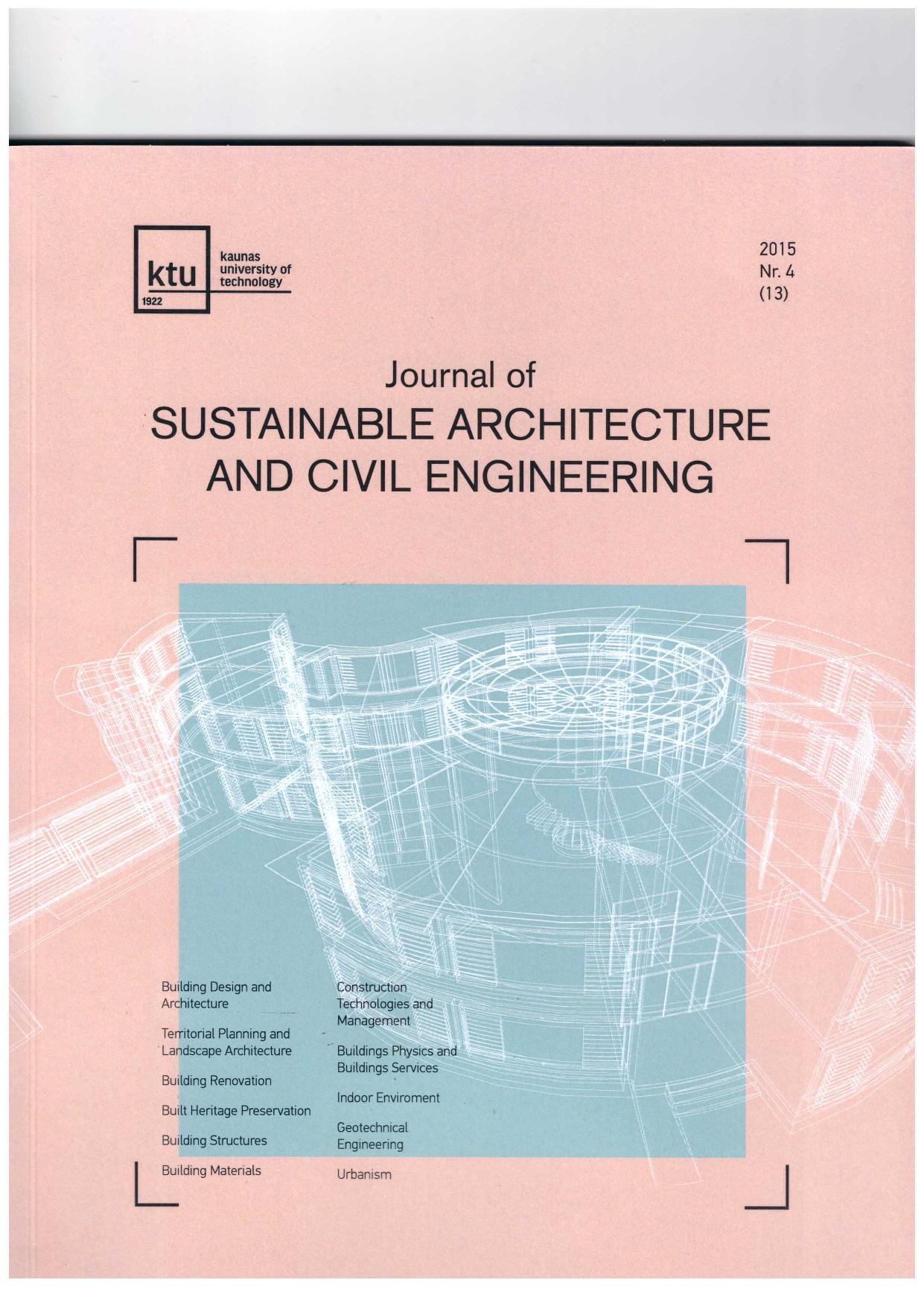Potential of Harvesting Rainwater from Vertical Surfaces
Potential of Harvesting Rainwater from Vertical Surfaces
Author(s): Paris A. Fokaides, Juozas Vaičiūnas, Paulius Spūdys, Mantas DobravalskisSubject(s): Architecture, Energy and Environmental Studies, Evaluation research
Published by: Exeley Inc.
Keywords: rainwater harvesting; sustainable cities; vertical surfaces; water source; wind driven rain;
Summary/Abstract: The water supply chain is under increasing stress as urbanisation and population growth is driving more and more people to move to cities. An increasing amount of city planners are now looking for alternative water resources, rainwater being one of them. There are multiple benefits to on-site water collection, storage and use, as proven by multiple published studies and successful projects around the world; however, rainwater harvesting (RWH) has remained a niche technique, not seen as part of the mainstream. One of the reasons for this is that, traditionally, rainwater has only been collected from rooves and other horizontal surfaces, and then transferred and stored in various subsurface holding tanks. This method of RWH is dated and not very effective. Furthermore, rainwater is one of the purest water sources, but when collected from horizontal surfaces, it gets polluted with particles that have settled on those surfaces. As a result, RWH in this way can be used only for specific purposes. In order to fully utilise this natural resource, to enable the creation of sustainable cities, we must devise a new method for collecting rainwater. One aspect of RWH that has not yet been deeply explored is collecting it from vertical surfaces. Although some abstract studies have already been conducted, concerning water runoff from vertical surfaces, no studies have evaluated the possibility of harvesting and using such water.
Journal: Journal of Sustainable Architecture and Civil Engineering
- Issue Year: 23/2018
- Issue No: 2
- Page Range: 49-58
- Page Count: 10
- Language: English

